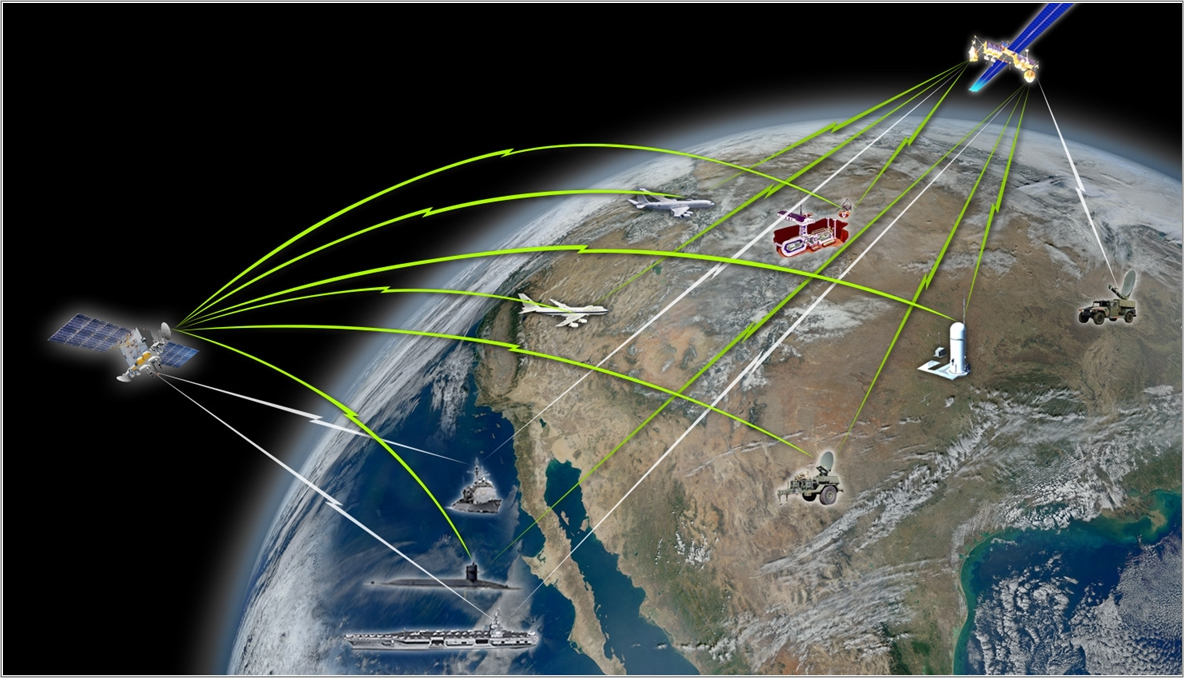US Export Control Reform Initiative: Key Developments
Background
In August 2009, the President directed a broad-based interagency review of the U.S. export control system, with the goal of strengthening national security and the competitiveness of key U.S. manufacturing and technology sectors by focusing on current threats, as well as adapting to the changing economic and technological landscape. This review determined that the current export control system is overly complicated, contains too many redundancies, and, in trying to protect too much, diminishes our ability to focus our efforts on the most critical national security priorities. (Read the Aug, 30 2010 White House Press Release)
As a result, the Administration has initiated an Export Control Reform Initiative (ECR Initiative), which will fundamentally reform the U.S. export control system. The ECR Initiative, which is not related to the President’s National Export Initiative, is designed to enhance U.S. national security and strengthen the United States’ ability to counter threats such as the proliferation of weapons of mass destruction.
The Administration is implementing the reform in three phases. The first two phases build toward the third phase of a single control list, licensing agency, information technology system, and enforcement coordination agency. Under this approach, new “criteria” for determining what items need to be controlled based on a three-tier construct and a coordinated set of policies for determining when an export license is required will be implemented. The control list criteria will be based on transparent rules, which will reduce the uncertainty faced by our allies, U.S. industry, and its foreign partners, and will allow the government to erect higher walls around the most sensitive items in order to enhance national security.
Progress Report
Control Lists. On December 9, 2010, the U.S. Departments of State and Commerce issued proposed regulations to reform their control lists, the U.S. Munitions List (USML) and Commerce Control List (CCL), respectively, in accordance with the ECR Initiative. Both Departments also solicited public comments on how to make their control lists more “positive” (see footnote below) and how to tier the lists taking into consideration the military or intelligence significance of an item and foreign availability information. The Federal Register notices issued are as follows:
- Department of State Proposed Rewrite USML Category VII – Tanks and Military Vehicles.
- Department of State Advanced Notice of Proposed Rulemaking to rewrite all other USML categories.
- Department of Commerce Advanced Notice of Proposed Rulemaking soliciting comments on how the CCL can be more positive and tiered.
- Department of Commerce Proposed Rule establishing License Exception Strategic Trade Authorization that implements revised dual-use licensing policies to certain destinations.
In addition, Departments have consolidated the export screening lists administered by the Departments of State, Commerce and the Treasury into a common electronic format to facilitate the screening of parties to export transactions to ensure compliance with U.S. export control and sanctions regulations.
Review the White House Fact Sheet on these ECR Initiatives.
Enforcement. On November 9, the President signed Executive Order 13588, establishing an Export Enforcement Coordination Center (EECC) among the Departments of State, the Treasury, Defense, Justice, Commerce, Energy, and Homeland Security as well as elements of the Intelligence Community. The EECC will:
- De-conflict criminal and administrative enforcement operations and coordination of industry enforcement outreach activity.
- Provide a conduit between Federal law enforcement agencies and the U.S. Intelligence Community.
- Serve as the primary point of contact between enforcement agencies and export licensing agencies for enforcement and licensing matters.
- Resolve interagency conflicts not settled in the field.
- Establish government-wide statistical tracking capabilities for U.S. export enforcement activities.
The Department of Homeland Security will administer the EECC and will provide its Director. There will be two Deputy Directors, one from the Department of Commerce and one from the Department of Justice. There will also be a liaison with the Intelligence Community, who will be designated by the Director of National Intelligence. The EECC will begin operations early next year at Immigrations and Customs Enforcement Headquarters. It should move to a permanent location in Tysons Corner, Virginia, in June 2011.
Next Steps
The Administration will continue to issue additional ECR-related actions beginning in early 2011 with proposed rewrites of other USML categories, publication of proposed harmonized definitions and a proposed common form that exporters can use to apply for export licenses from the Departments of State, Commerce and the Treasury.
Footnote: Describing items using objective criteria, such as qualities to be measured (e.g., accuracy, speed, and wavelength), units of measure (e.g., hertz, horsepower, and microns), or other precise descriptions, rather than broad, open-ended, subjective, catch-all, or design intent-based criteria.

